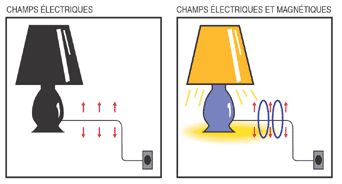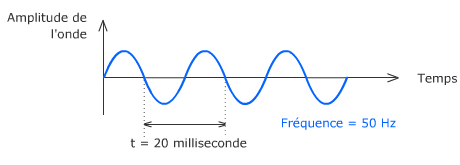Electric and magnetic fields are distinct concepts that were developed to explain the effects of electricity at a distance. What are the concepts to keep in mind when considering the potential relationship between 50 Hz electric and magnetic fields? See below…
See also information on our daily exposure at home, in offices and in the environment.




